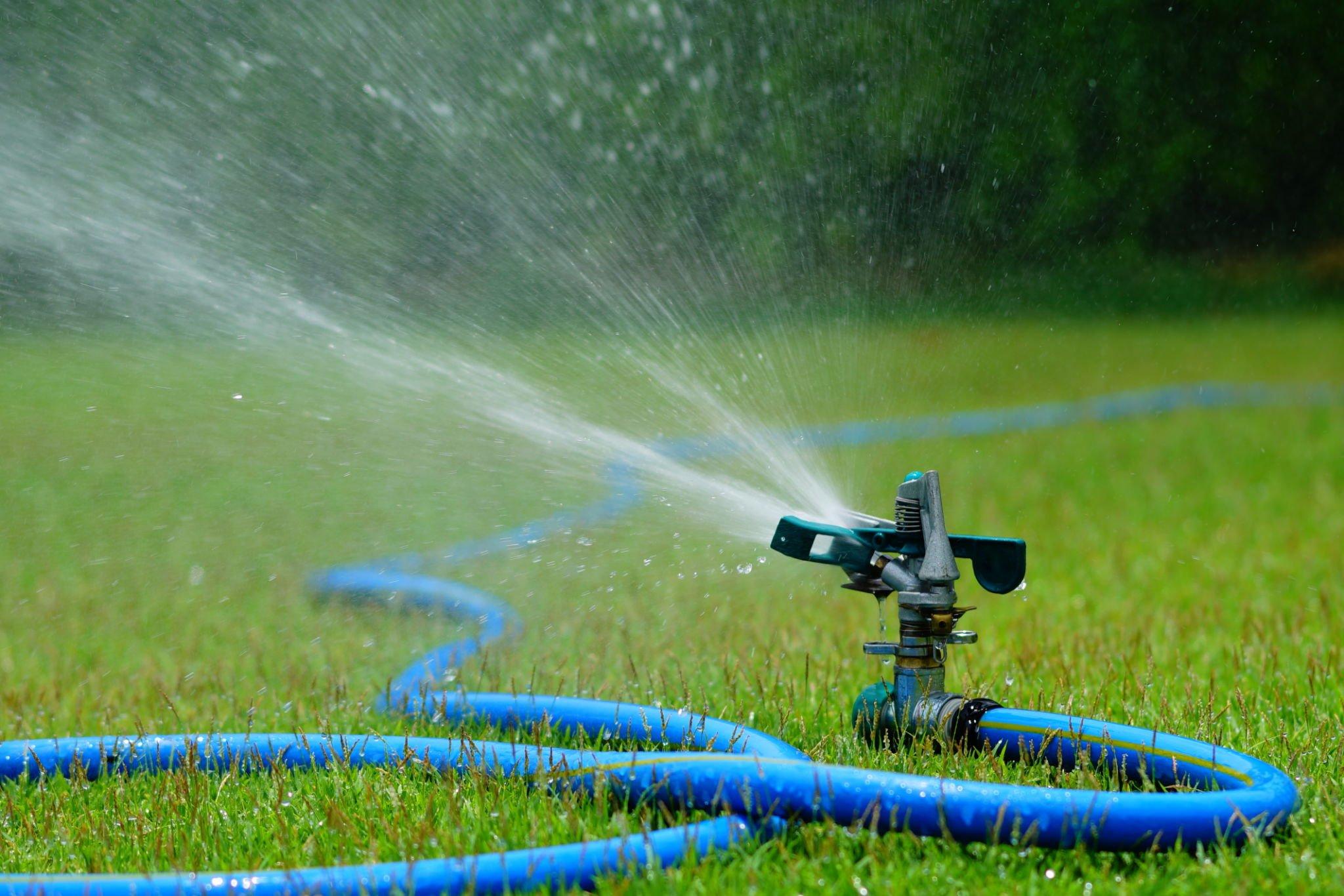Installing a rain sensor for your sprinkler system is a smart decision that can significantly enhance its efficiency and save water. With the guidance provided by Best Sprinkler System, you’ll learn the step-by-step process of rain sensor installation and how it can benefit your irrigation system. By integrating a rain sensor, you enable your sprinkler system to automatically adjust its watering schedule based on rainfall, ensuring that water is not wasted during wet weather conditions.
This environmentally-friendly solution helps conserve water resources and promotes sustainable landscaping practices. Whether you’re a homeowner or a professional landscaper, understanding the installation of a rain sensor is crucial for optimizing the performance of your sprinkler system and reducing unnecessary water consumption. Trust Best Sprinkler System to provide you with valuable insights and expert advice on rain sensor installation techniques and best practices.

Sprinkler System Rain Sensor Installation
Installing a rain sensor for your sprinkler system is a wise choice that can greatly enhance its efficiency and water conservation capabilities. A rain sensor is a small device that detects rainfall and signals the sprinkler system to pause watering when sufficient moisture is present in the soil. This not only helps conserve water but also prevents overwatering and promotes healthier landscapes. In this comprehensive guide, we will walk you through the step-by-step process of rain sensor installation, highlighting the key considerations, tools required, and expert tips to ensure a successful installation.
Understanding the Rain Sensor:
Before diving into the installation process, it’s important to familiarize yourself with the rain sensor and its functionality. A rain sensor typically consists of a moisture-sensing mechanism and a control unit. When rain is detected, the sensor triggers the control unit to interrupt the sprinkler system’s watering cycle, allowing the natural rainfall to provide the necessary hydration for your plants and lawn.
Assessing Compatibility and Placement:
Begin by checking the compatibility of your sprinkler system with a rain sensor. Most modern systems are designed to accommodate rain sensors, but it’s always recommended to consult the manufacturer’s instructions or seek professional advice. Next, identify an ideal location for sensor placement. It should be exposed to the open sky, away from trees or structures that may obstruct rainfall measurement. Ideally, mount it at a height where it can easily detect raindrops.
Gathering the Required Tools and Materials:
To ensure a smooth installation process, gather the necessary tools and materials beforehand. This may include a rain sensor kit (including the sensor unit and control module), electrical wire connectors, mounting brackets, screws, a screwdriver, wire strippers, and waterproof sealant. Ensure you have all the components ready before proceeding.
Wiring and Electrical Connections:
Start by turning off the power to the sprinkler system at the main control panel. Locate the wiring terminals or control box where the rain sensor will be connected. Carefully follow the manufacturer’s instructions to connect the rain sensor wires to the appropriate terminals. Use wire strippers to remove a small portion of insulation from the wire ends, and then securely fasten them using wire connectors. Make sure the connections are tight and properly insulated.
Mounting the Rain Sensor:
Choose a suitable location to mount the rain sensor within close proximity to the sprinkler system control panel. Use the provided mounting brackets or any additional hardware required to secure the sensor in place. Ensure it is level and firmly attached to a stable surface. Apply a waterproof sealant around the mounting holes to prevent water penetration and ensure long-term durability.
Testing and Calibration:
Once the rain sensor is installed, it’s essential to test and calibrate its functionality. Restore power to the sprinkler system and activate a manual watering cycle. Observe if the rain sensor interrupts the watering cycle when rain or sufficient moisture is detected. If needed, consult the sensor’s manual to adjust the sensitivity settings to match your desired threshold for interrupting watering.
Maintenance and Troubleshooting:
Regular maintenance is key to ensuring the optimal performance of your rain sensor. Clean the sensor periodically to remove debris or dirt that might affect its accuracy. Inspect the wiring connections for any signs of damage or corrosion. In case of any issues, refer to the troubleshooting section of the rain sensor’s manual or consult a professional for assistance.
Final Thought
By following this comprehensive guide, you have successfully installed a rain sensor for your sprinkler system. Congratulations on taking a significant step towards conserving water and optimizing the efficiency of your irrigation system. With the rain sensor in place, you can enjoy the peace of mind knowing that your sprinklers will only operate when necessary, saving water, reducing costs, and promoting a healthier and greener landscape. Regularly monitor and maintain the rain sensor to ensure its continued effectiveness, and reap the benefits of smart water management for years to come.
